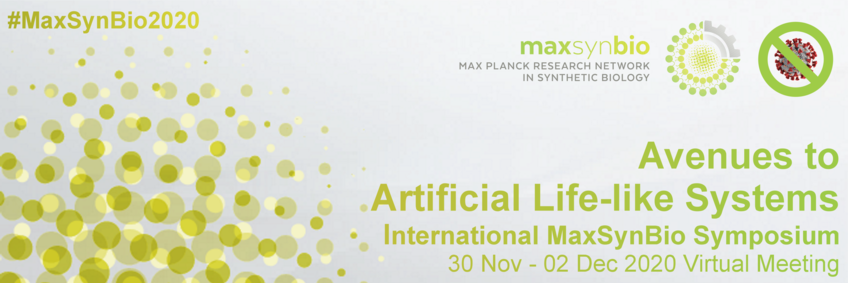
#36 - Spontaneously oscillating synthetic cilia
Isabella Guido (Max Planck Institute for Dynamics and Self-Organization, Göttingen)
Monday, 30 Nov 21:15 - 22:00 CET
Access to the BigBlueButton rooom for this Mini Talk via the lists for Monday and Tuesday.
Please make yourself familiar with BigBlueButton before you join the Mini Talk - read the instructions.
Abstract
Title: Spontaneously oscillating synthetic cilia
Author(s): Isabella Guidoa, Andrej Vilfana,b, Eberhard Bodenschatza,c, Ramin Golestaniana,d and Kazuhiro Oiwae
Affiliation(s): aMax-Planck Institute for Dynamics and Self-organization, Göttingen, Germany; bJožef Stefan Institute, 1000 Ljubljana, Slovenia; cLaboratory of Atomic and Solid-State Physics, Cornell University, Ithaca, US; dRudolf Peierls Centre for Theoretical Physics, University of Oxford, Oxford, UK; eNational Institute of Information and Communications Technology, Kobe, Japan
Abstract: Cilia and flagella produce rapid and regular bending waves responsible for the propulsion of organisms in fluids or for the promotion of fluid transport. It is known that the main contribution to their beating is due to motor proteins, dynein, which drives sliding of the microtubule doublets. However, the fundamental mechanism of the dynein-microtubule interaction is still a puzzle. Here this mechanical interaction and emergent behaviour is investigated by analysing a minimal synthetic system that was experimentally assembled by two microtubules and few dynein motors. It was observed that the microtubule pair undergoes cyclical association/dissociation interaction through rhythmic bending, followed by a complete detachment of the microtubules and subsequent re-attachment. By considering the shearing force produced by the motors when they move along the adjacent microtubule and the finite elasticity of the system, this beating cycle was described in terms of curvature and dynein-microtubule binding force.